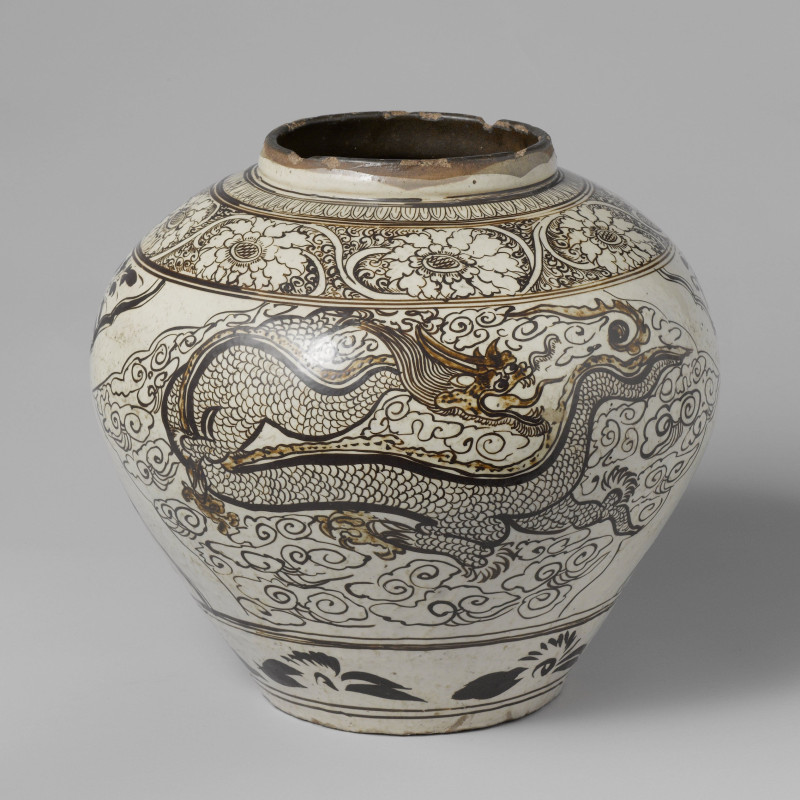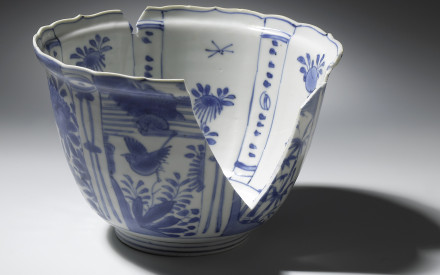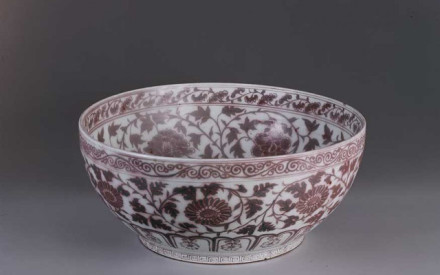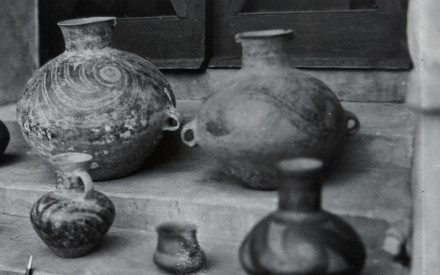The Koninklijke Vereniging van Vrienden der Aziatische Kunst (KVVAK, Royal Asian Art Society in the Netherlands) is a society of private collectors of Asian art that is active in the field of art from South, East and Southeast Asia, from Afghanistan and India to Japan and Indonesia. The Society was founded in 1918 by art lovers with the aim of raising awareness about Asian art of the highest quality.
From the beginning, the KVVAK has almost exclusively collected art objects made for use in their countries of origin, unique art objects that are also considered among the best their cultures have produced in Asian countries themselves. This objective is still pursued in the current collecting policy, including the acquisition of Asian ceramics (fig. 1).
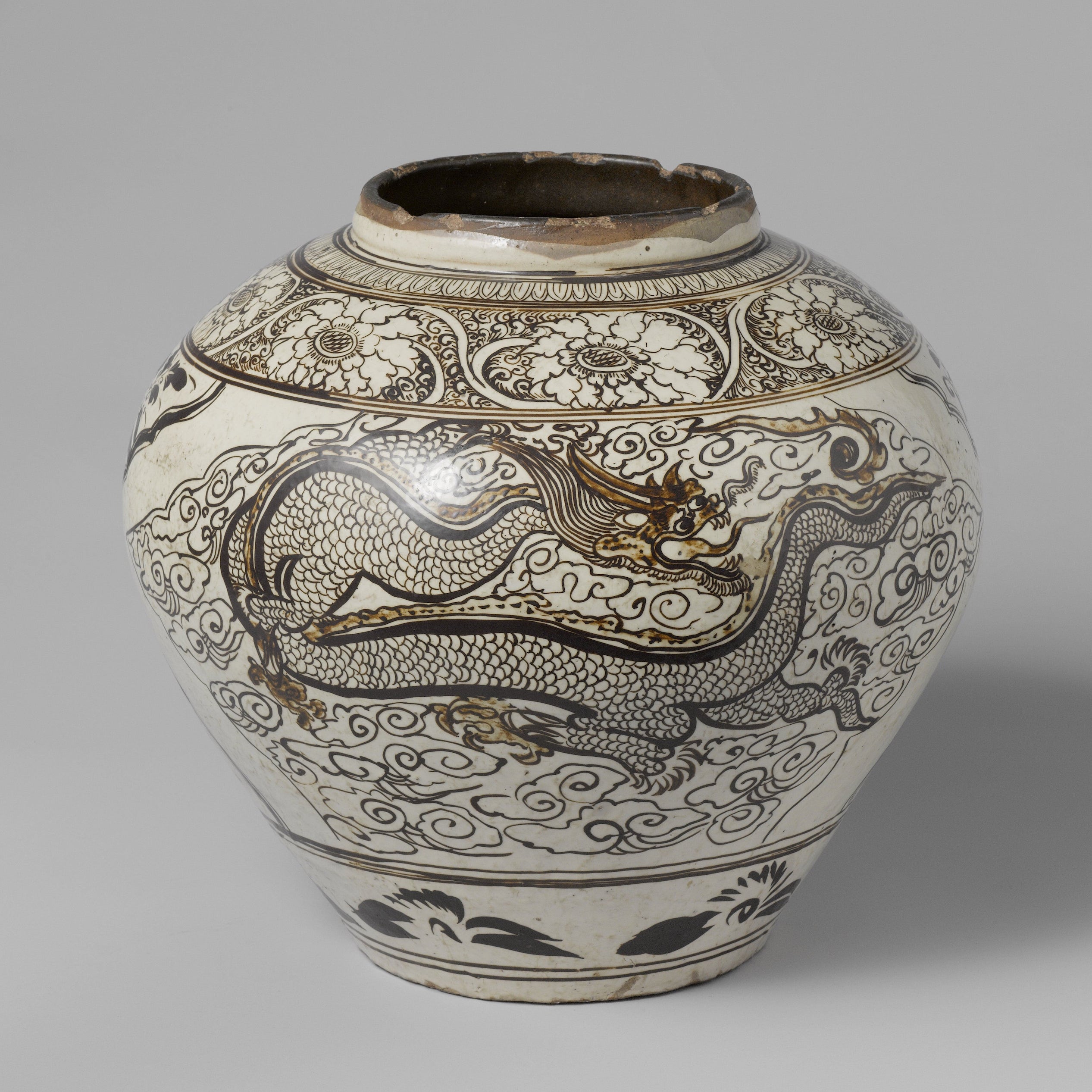
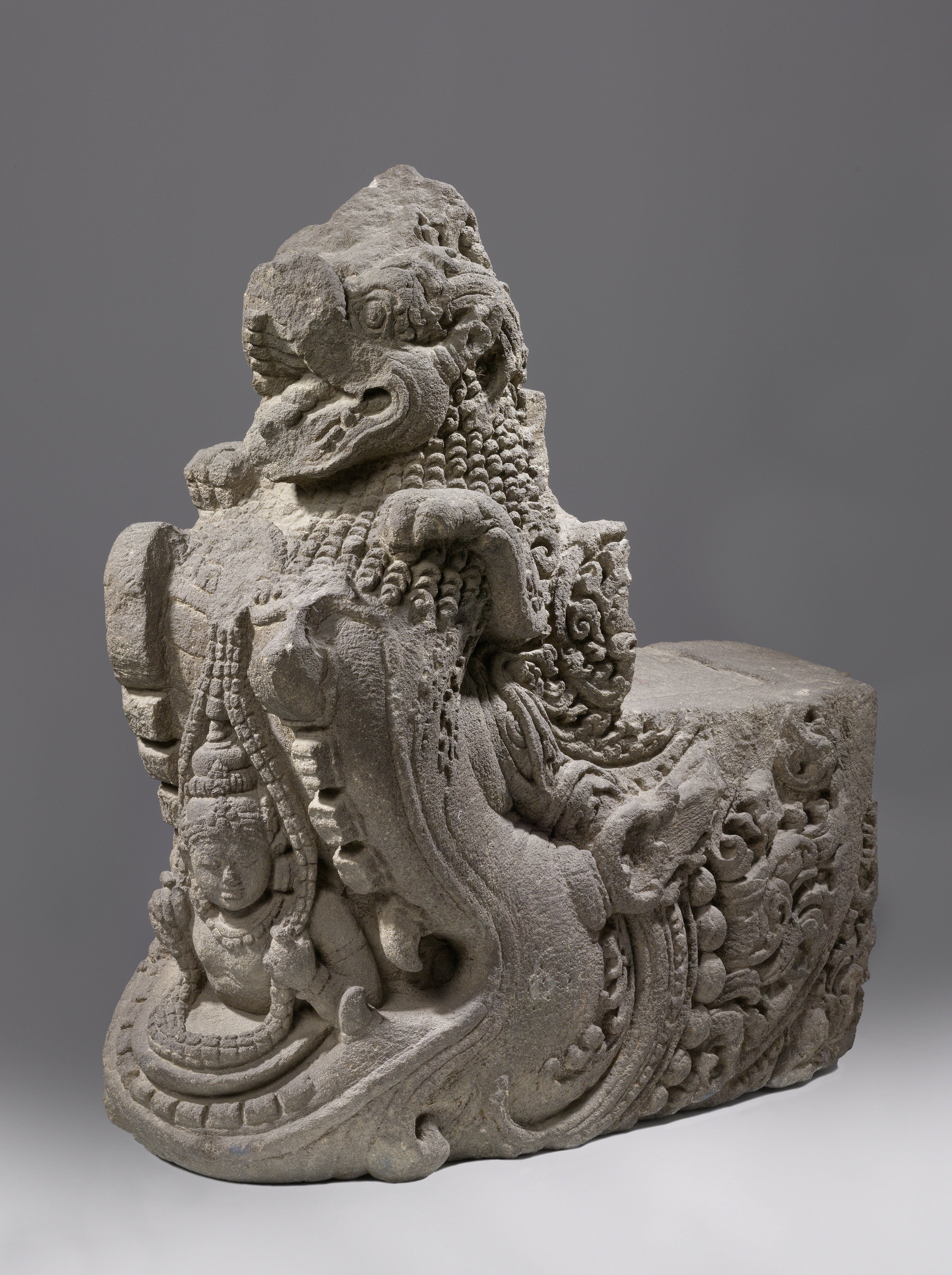
The compilation of a high-quality collection of Asian art objects commenced just a few years after the KVVAK was founded. Thanks to donations from wealthy private donors, often collectors themselves, the Society was able to acquire a number of prized objects, especially in the 1930s, quickly garnering it international fame. Sculpture in particular is the collection’s great strength; for example, the group of twelve stone sculptures from the Hindu-Javanese period – from the eighth and ninth centuries – a selection of which is on permanent display at the Rijksmuseum (fig. 2). The core of the collection also includes the Heavenly Beauty sculpture from India (eleventh century) (fig. 3), the famous bronze Shiva Nataraja – also called the Dancing Shiva – from India (twelfth century) (fig. 4), and the Buddhist guanyin from China from the same period (fig. 5).
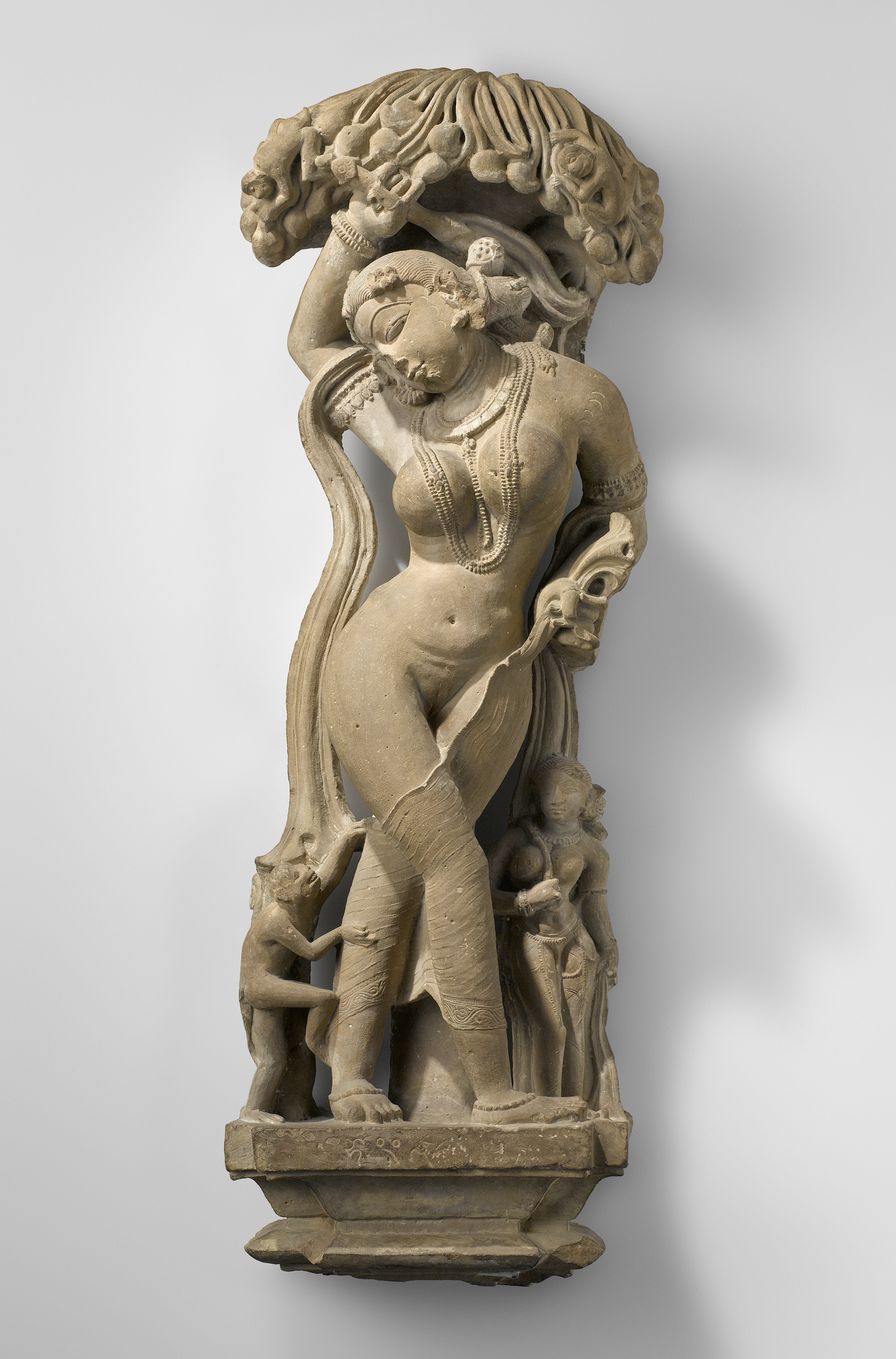
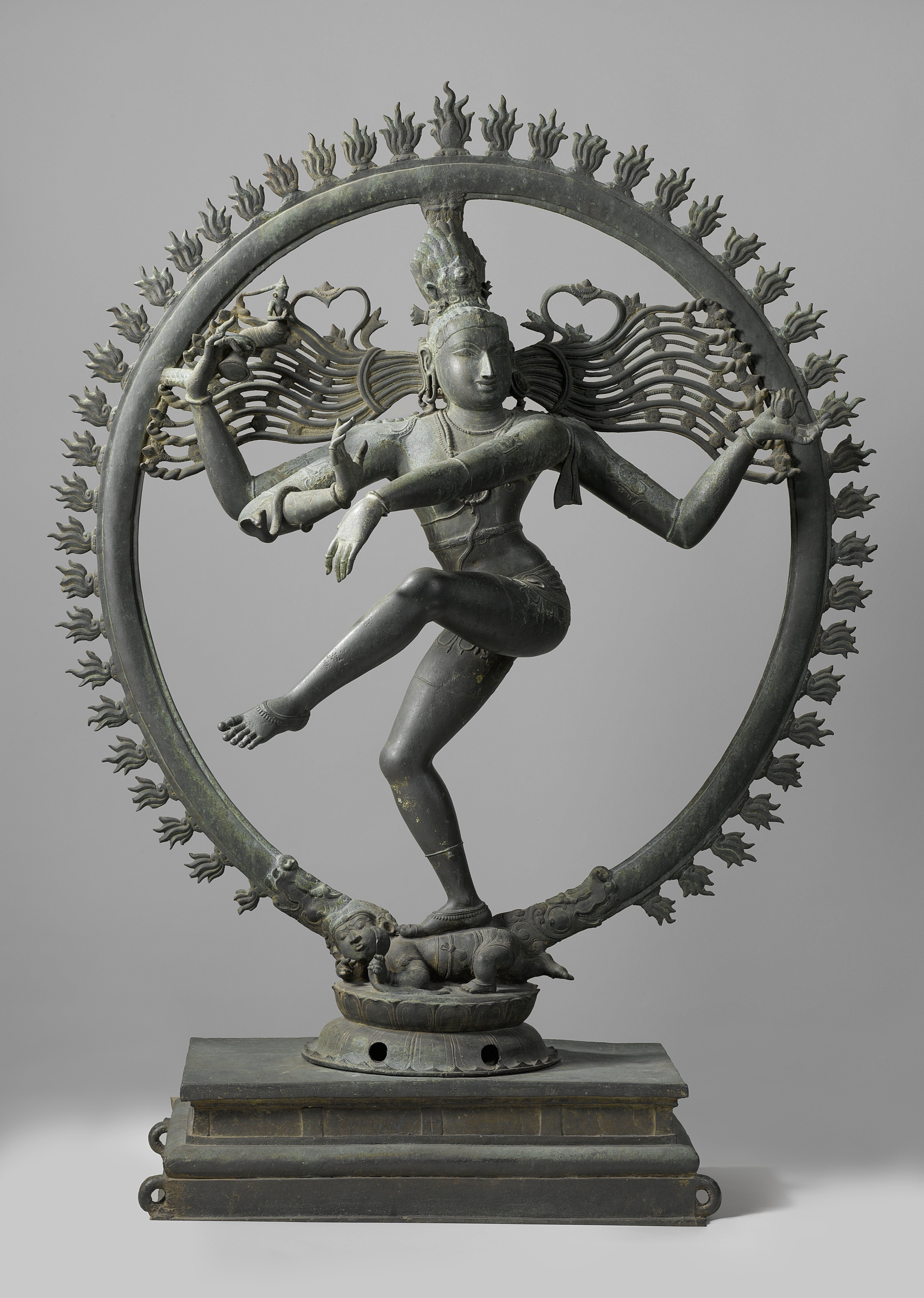
The internationally highly regarded collection is still entirely privately owned and objects from it can be seen in exhibitions in the Rijksmuseum’s purpose-built Asian Pavilion, which opened in 2013 as a new part of the renovated museum. There, the five curators in the various fields of Asian art and the curator of Japanese prints research the objects, publish about them and compile exhibitions that draw heavily on the KVVAK’s collection. The curators also serve on the editorial board of the KVVAK’s Aziatische Kunst journal, which is published three times a year, often as double-themed issues. One of the Society’s main objectives – generating more attention for Asian art – is also achieved by organising regular lectures and excursions. With its more than 600 members, the KVVAK often uses the auditorium at the Rijksmuseum to this end. Visits to exhibitions of, for example, Japanese lacquerware or Chinese porcelain, both at home and abroad, are organised for members, in addition to museum depot visitations by appointment and private viewings at the homes of collectors, who are often members themselves.
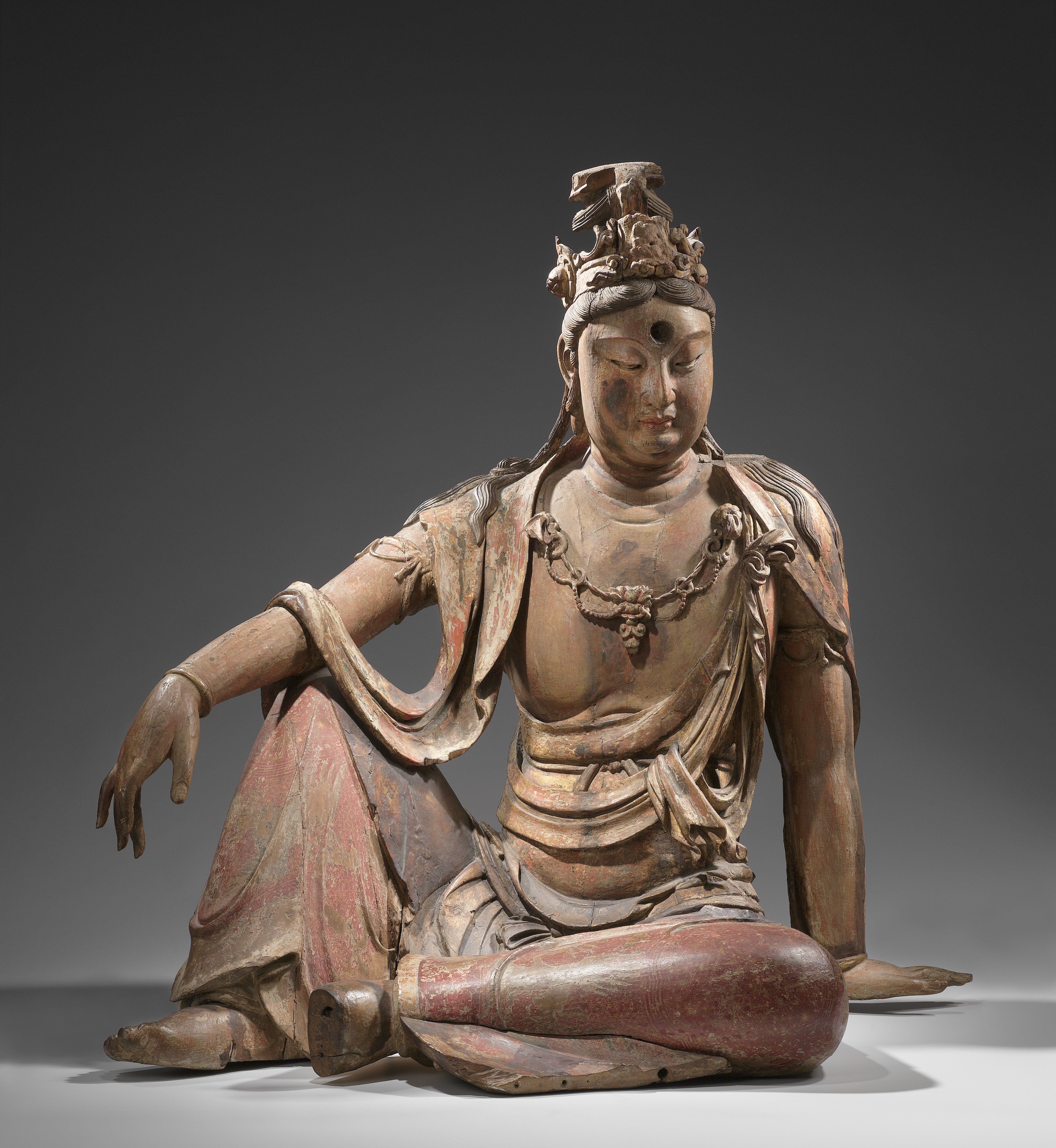
In 2018 the Society established the Ikigai group for young professionals. The success of this group of interested people up to 35 to 40 years old testifies to the renewed interest in China, India and Indonesia, among other countries, that is resulting from the rapidly growing Asian economies and Western companies establishing themselves in the region.
The Society also promotes scientific research into aspects of Asian art and culture through the KVVAK chair at Leiden University.
The KVVAK Collection, which now numbers nearly 2,000 pieces, is flourishing and continues to be supplemented by donations, bequests and purchases. In autumn 2017, the Society received a comprehensive private collection of 125 Indonesian and Southeast Asian textiles as a gift. The following year, an important Chinese scroll painting from the Ming period (fifteenth century) was acquired together with the Rijksmuseum. And a donation of nineteen Chinese miniatures followed in 2021. Many members regularly bequeath objects and donate money. If desired, these can be allocated to a specific fund, following the example of the Maartje Draak Fund, the largest legacy the Society has received to date.
Click here for more information about the Society and its activities.

